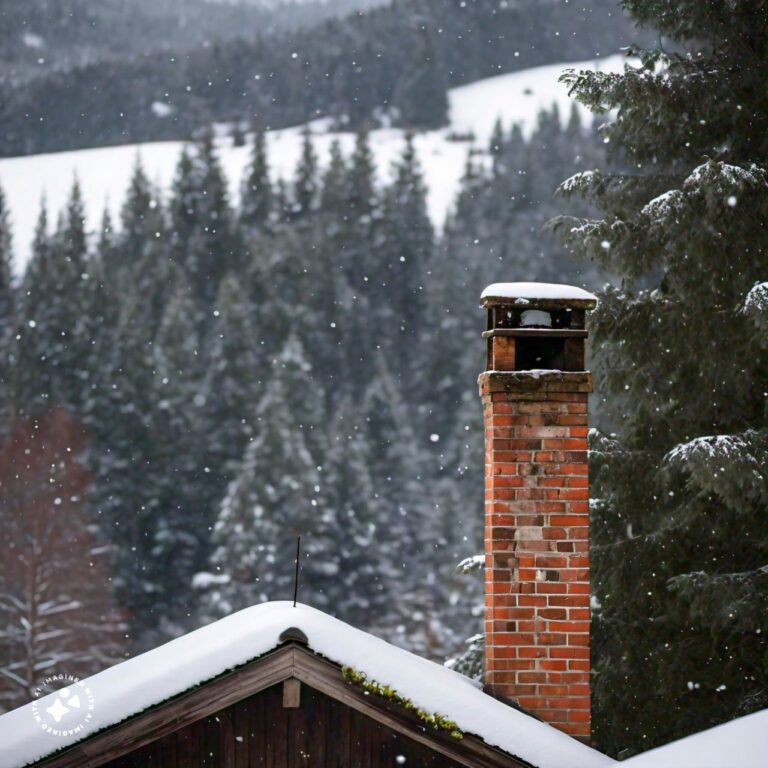The United States, from its inception, was rooted in the pursuit of religious freedom. This foundational principle was so integral to its identity that it was enshrined in the First Amendment to the Constitution: “Congress shall make no law respecting an establishment of religion, or prohibiting the free exercise thereof.” This commitment to religious liberty provided fertile ground for diverse religious beliefs and practices to flourish. Over the centuries, this freedom, combined with waves of immigration and the nation’s evolving cultural landscape, has led to a rich tapestry of religious expression, including the rise of nondenominational churches.
Historical Context of Religious Freedom:
Many settlers arrived in America fleeing religious persecution in Europe in the early days of colonization. Places like New England saw the Puritans seeking to establish a community based on their religious beliefs, while Maryland became a refuge for Catholics. As the colonies grew, so did the mosaic of religious affiliations. The Quakers in Pennsylvania, the Dutch Reformed in New York, and Anglicans in the South all contributed to a diverse religious landscape.
However, this diversity also led to tensions. Some colonies had established churches and were intolerant of dissenting religious views. This patchwork of religious establishment and persecution underscored the need for a clear national stance on religious freedom when the nation was founded.
Religious Freedom and Pluralism:
The U.S. Constitution’s commitment to religious freedom ensured that no single religious group could dominate nationally. This freedom from a state-imposed religion created an environment where religious groups had to coexist, compete, and even collaborate.
The 19th century saw waves of European immigrants bringing with them a variety of religious traditions, further diversifying the American religious landscape. The religious marketplace, so to speak, became even more varied. This environment of religious pluralism became a catalyst for innovation and adaptation among religious groups.
Nondenominational Churches and Religious Freedom:
Amidst this backdrop of religious freedom and pluralism, nondenominational churches began to emerge. Not tied to any specific denomination or overarching religious governance, these churches were free to develop their own doctrines, practices, and governance structures.
Several factors contributed to the rise of nondenominational churches:
- The Second Great Awakening: This religious revival in the 19th century emphasized personal conversion and democratized Christianity. It paved the way for believers to prioritize personal experience over denominational doctrine.
- Cultural Shifts: The 20th century, especially its latter half, saw significant societal changes. The Civil Rights Movement, the feminist movement, and other societal shifts led many to question traditional structures, including religious ones. With their flexibility and adaptability, Nondenominational churches appealed to those looking for a more contemporary approach to worship.
- Media and Televangelism: The advent of radio and television allowed charismatic preachers to reach audiences beyond their local communities. Many of these televangelists, like Billy Graham, were nondenominational, emphasizing a broad, inclusive version of Christianity.
- Desire for Authenticity: Many believers sought a more direct, unmediated faith experience. Nondenominational churches, with their emphasis on personal relationships with God and lack of bureaucratic layers, resonated with this desire.
The principle of religious freedom in the U.S. created an environment where religious expression could evolve and adapt in response to societal changes and needs. Nondenominational churches, emphasizing individual experience and adaptability, are a testament to this legacy. Their growth and popularity underscore American religious life’s dynamic and ever-evolving nature, rooted in the foundational commitment to religious liberty. If you search “church near me,” you will likely find one of these churches nearby.







